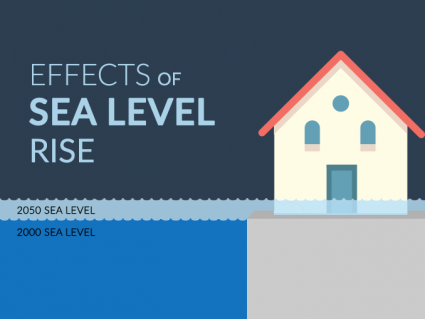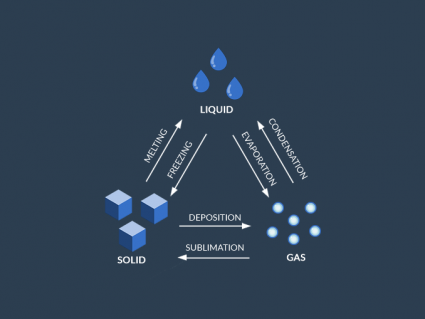How Much Water Is on Earth?
Water is in the ground, on the surface, in the air and in our bodies. But how much global water distribution is in glaciers, groundwater, rivers and lakes?

Water is in the ground, on the surface, in the air and in our bodies. But how much global water distribution is in glaciers, groundwater, rivers and lakes?

The hydrologic cycle describes how water moves continuously in nature. From evaporation, condensation and surface runoff – water is always in motion.

2 theories exist for the origin of water on Earth: Did comets transport water? Or was there degassing from volcanoes from rocks existing within the crust?

When it rains, water zig-zags all the way through a tributary system to a river or lake. Like an upside-down umbrella, a watershed catches all rain water.

When the moon is close to Earth, its gravitational pull stretches the side it’s facing. Because oceans hold a set amount of water, levels rise in one area.

Despite the popular belief that groundwater exists as a huge lake underground, water actually exists in tiny pore spaces within rock and soil beneath our feet.

As temperatures surge, sea levels rise with it. This is because melting ice sheets add to total water volume. By 2100, water levels could rise 32-68 inches.

Because water is extremely versatile, it changes phases rapidly. The states of water are gas, liquid and solid. Water cycles through these phases in nature.

Since the year 2000, the International Hydrographic Organization (IHO) started recognizing 5 oceans: Pacific, Atlantic, Indian, Arctic and Southern Ocean.

Eutrophication occurs in water bodies when too many nutrients are introduced. Over-fertilization of water causes algae to grow blocking sunlight for plants.

Streams carrying too much sediment clogs the entrance into the basin. As sediments dump in, water flow decelerates and widens the entrance forming a delta.

Ocean currents are like giant conveyor belts moving huge amounts of water all the time. Wind, temperature and salt gradients all influences ocean currents.